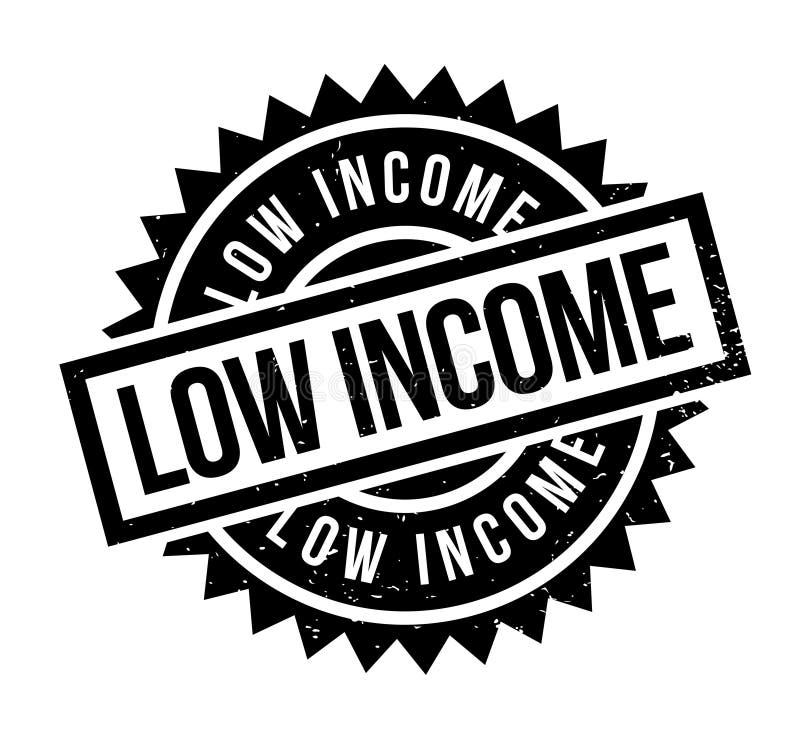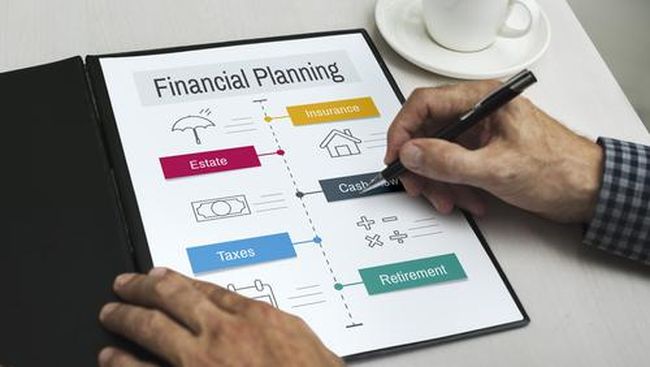
However, obtaining home financing for a person with bad credit and low income is possible, provided they apply the proper measures and resources. This article aims to explore practical and usually unprecedented ways of approaching the achievement of homeownership that can be useful even when faced with financial hurdles.
1. Explore Specialized Loan Programs for Low-Income Buyers

Many of the usual loaning structures can challenge applicants with poor credit and little income. However, there are several specially designed loan facilities for such people. For instance, the Federal Housing Administration (FHA) approves loans for as low as 3.5% down if a person has a credit score of over 580 but 10% down if they have a score of 500 and below. The same case applies to the US Department of Agriculture, which offers loans that do not require down payments, especially for rural areas. These programs are less rigid on credit, so they are popular.
2. Consider Alternative Financing Methods
Thus, financial instruments other than formal payday loans can be favorable sources for homeownership. One of the time-honored ways to enter into property ownership is through renting to buy a property duly agreed in the future under a rent-to-own contract since this gives one ample time to raise their credit standing and save for the down payment. One type of financing is known as seller financing, which involves the seller coming in as the financier since the financing terms are flexible. Such methods are helpful for those who cannot get a classical credit.
3. Leverage Down Payment Assistance Programs
However, saving enough for a down payment is not easy when earning little cash. Luckily, several down payment assistance programs can help close this gap. For instance, Vida Homeloans, based in the United Kingdom, offers its customers home loans with a deposit of only 3% and mainly targets fresh buyers with a low credit rating. In the context of the US, Individual Development Accounts (IDAs) also help match the saving accelerating funds for home buying among disadvantaged individuals. There are means by which this expenditure can be slightly shouldered through various housing management programs.
4. Improve Your Financial Profile Strategically

Although changing credit scores is a slow process, some measures can help modify it in the short term. Clearing existing balances gives you a better debt-to-income ratio, thus making you preferred by lenders when you need an escalation in credits. Apart from this, extra cash at one’s disposal to offer a bigger down payment can balance the odds of a bad credit score as the stakes of getting better loan deals. All these measures show the ability to budget and be financially responsible, increasing the chances of being approved for the loan.
5. Seek Professional Guidance and Support
Purchasing a home when on a tight budget is a challenge that may require much consideration. Contacting mortgage brokers, housing counselors, and credit advisors helps you comprehend the issues. Those can offer suggestions on which loan programs can fit best, how to bargain for better terms, and they have some steps towards a better financial position. Some essential organizations that will help consumers include the Consumer Financial Protection Bureau, which has resources for directing consumers to available counselors. Hiring a professional may be helpful when it comes to homeownership.
Conclusion
Buying a house with poor credit standing and low earnings is not easy, but it is doable. This means that a way to home ownership can be found through discovering different loan offers and makeshifts, recognizing another form of financing, utilizing assistance programs, enhancing credit, and acquiring professional help. The achievement of this goal is thus possible with the right attitude and support structures at disposal.





